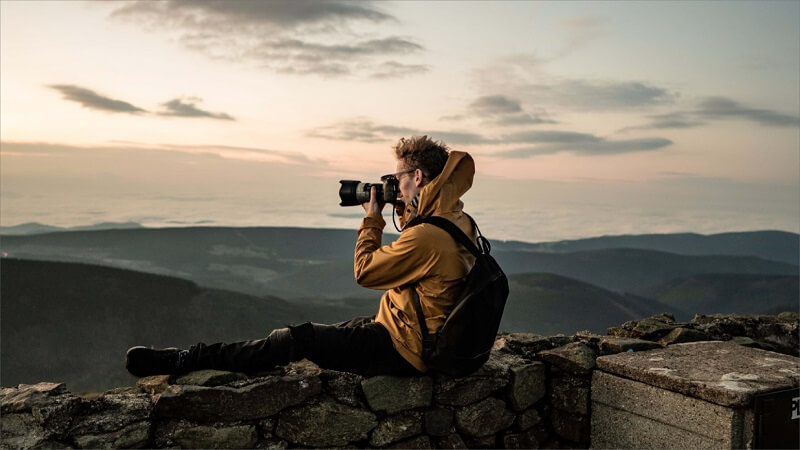
Understanding exposure in photography is crucial for capturing compelling images that accurately represent the scene’s light and shadow. Exposure refers to the amount of light reaching the camera sensor, determined by factors such as aperture, shutter speed, and ISO sensitivity. Mastering exposure allows photographers to achieve the desired balance between light and shadow, resulting in well-exposed photos with accurate colors and details. In this article, we’ll explore the fundamentals of exposure, including its components, the exposure triangle, and techniques for achieving optimal exposure in various lighting conditions.
The Exposure Triangle
The exposure triangle comprises three key elements: aperture, shutter speed, and ISO. Aperture controls the amount of light entering the camera through the lens diaphragm, affecting depth of field and image sharpness. Shutter speed determines the duration of time the camera’s shutter remains open, regulating the amount of light reaching the sensor and affecting motion blur. ISO sensitivity measures the sensor’s sensitivity to light, with higher ISO values resulting in brighter images but also increasing digital noise.
Metering Modes
Metering modes help the camera determine the appropriate exposure settings based on the scene’s light and shadow distribution. Evaluative or matrix metering considers the entire frame, while spot metering measures light from a specific point, ideal for high-contrast scenes. Center-weighted metering prioritizes the center of the frame, while partial metering considers a larger area around the center, both suitable for portraits and close-up photography.
Exposure Compensation
Exposure compensation allows photographers to override the camera’s automatic exposure settings to achieve the desired brightness or darkness in the final image. By adjusting exposure compensation, photographers can lighten or darken the exposure to compensate for challenging lighting conditions or creative preferences. Positive exposure compensation brightens the image, while negative exposure compensation darkens it, providing greater control over the final result.
Dynamic Range
Dynamic range refers to the range of light intensities captured by a camera sensor, from the darkest shadows to the brightest highlights. Understanding dynamic range is essential for preserving detail in both shadow and highlight areas of the image. Techniques such as HDR (High Dynamic Range) photography involve capturing multiple exposures of the same scene and blending them together to expand the dynamic range and retain detail in all areas.
Using Light and Shadow Creatively
Finally, mastering exposure allows photographers to use light and shadow creatively to enhance the visual impact of their images. By understanding how light interacts with the subject and surroundings, photographers can create dramatic compositions, emphasize texture and form, and evoke mood and emotion in their photos.
In conclusion, understanding exposure is essential for achieving technically proficient and visually compelling photographs. By mastering the exposure triangle, metering modes, exposure compensation, dynamic range, and creative use of light and shadow, photographers can elevate their work and capture stunning images that effectively communicate their artistic vision. So, take the time to experiment with exposure settings, practice different techniques, and refine your understanding of light and shadow to unlock the full potential of your photography.
